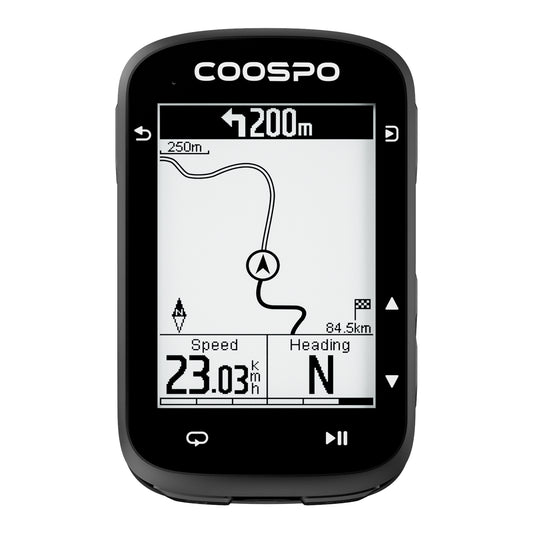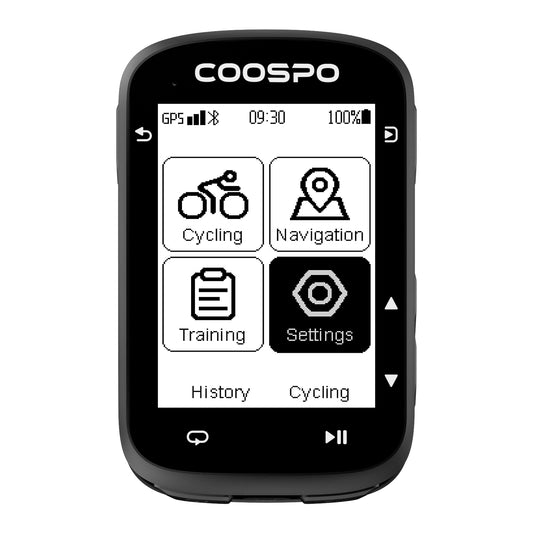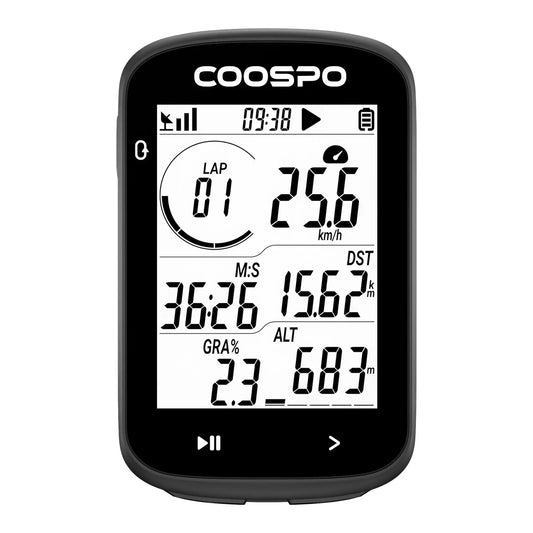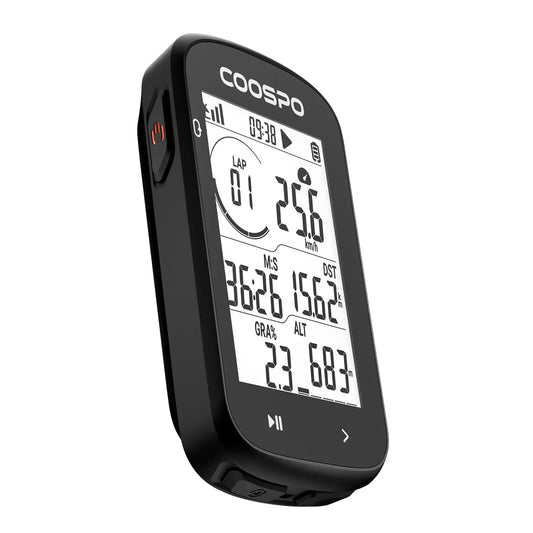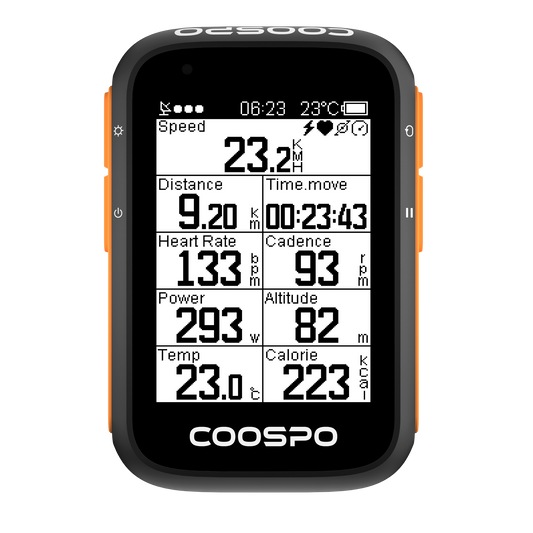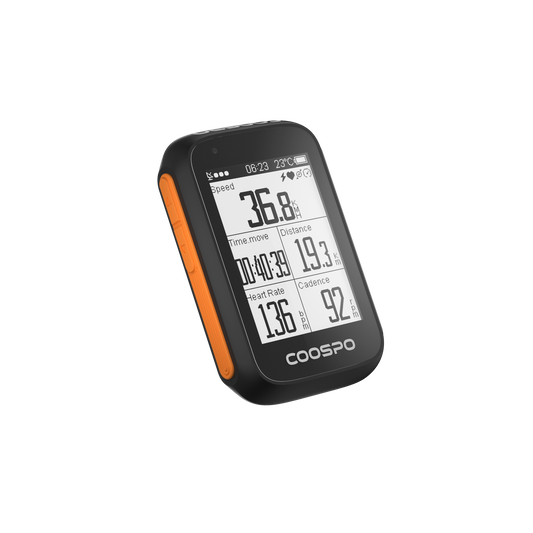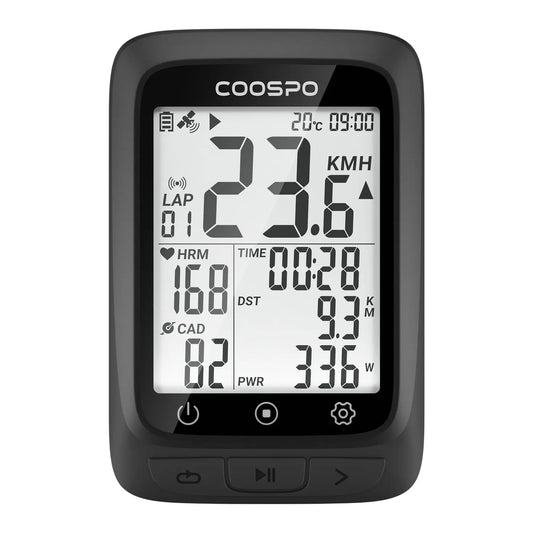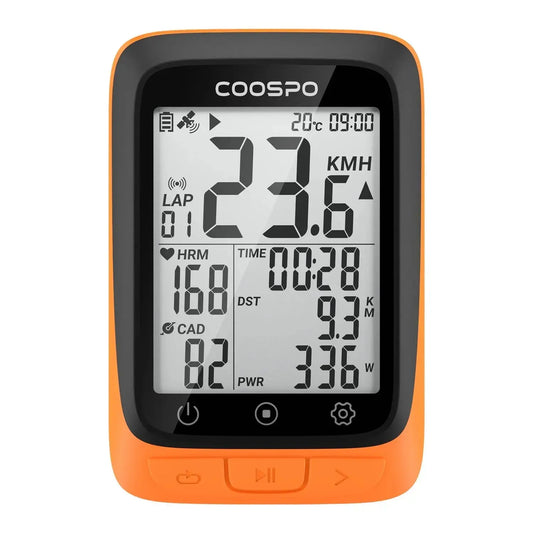Building Endurance: Tips to Run Longer and Stronger
Running is a great way to get fit, build strength, and feel good mentally. Many runners want to run longer distances. This could mean finishing a marathon, doing a long trail run, or just adding an extra loop in your neighborhood. Whatever your goal, you'll need to prepare your body for running longer.
This article will show you how to run longer distances and build up your stamina. We'll explain simple steps to help you run farther without getting tired too quickly.
Add Mileage Gradually
When you want to run longer distances, you might be tempted to quickly add more miles to your weekly runs. However, it's better to increase your mileage slowly. Many runners follow the "10% rule". This means you should only increase your weekly mileage by up to 10%. This slow increase helps prevent injuries from training too hard too fast.

For example, if you've been running 30 miles per week for a couple of weeks, you can increase that by 3-6 miles (to about 33-36 miles) and maintain that distance for two weeks. Then, increase your new weekly total by another 10-20%, and continue this pattern.
Runners who slowly add more miles to their training get hurt less often than those who make big changes too quickly. It's better to run regularly and increase your distance little by little, rather than making big jumps in how far you run. Doing it this way works better and helps prevent injuries.
Change Your Pace
Changing your pace during runs is another essential aspect of increasing endurance. Incorporating varied pace workouts, such as tempo runs, intervals, and fartlek (Swedish for “speed play”), helps condition your body to handle different intensities and maintain speed over longer distances.
Train Based on Race Pace
Many runners train at different speeds based on race distances, like 5K or 10K paces. Your race pace is how fast you run during a specific race distance. These paces are useful in training plans and help you figure out how fast to run in other workouts.
To calculate your race pace for a distance you've run, divide your finishing time in minutes by the distance in miles. For instance, if you completed a 5K (3.1 miles) in 21 minutes, you'd divide 21 by 3.1 to get 6.77 minutes per mile—equivalent to 6 minutes and 46 seconds. Alternatively, you can use an online race time predictor for quick calculations.
After you figure out your race pace, you can use it to plan your other training speeds. This helps you know how fast to run during different types of workouts.
Train Based on Heart Rate
Training based on heart rate helps runners exercise at the right level. It makes sure you're working hard enough to get better, but not so hard that you might hurt yourself. This method uses a heart rate monitor to keep track of how hard your heart is working during your run.
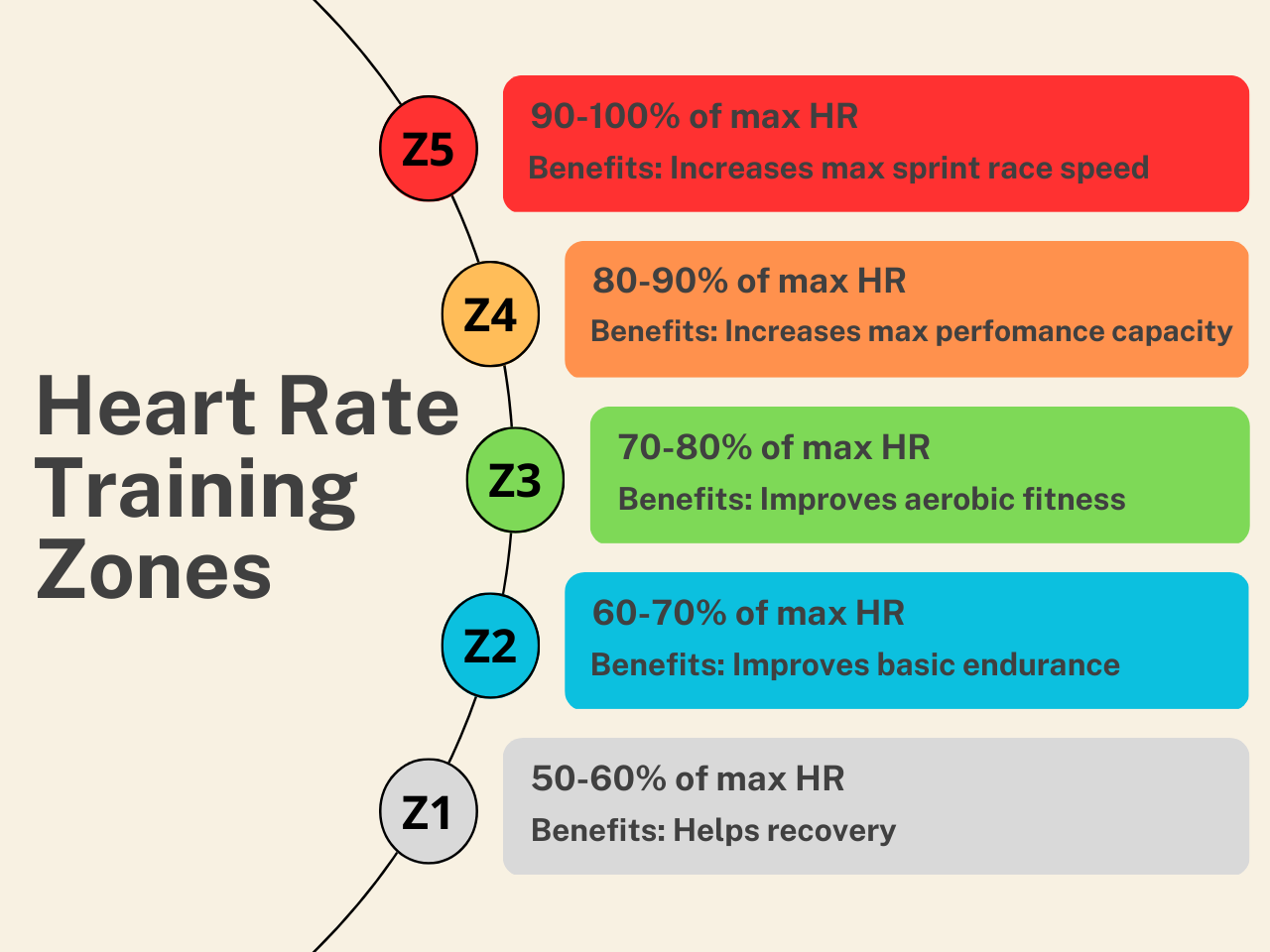
Heart rate training uses five zones, from easy (Zone 1) to very hard (Zone 5). For building endurance, you should mostly train in Zones 2 and 3. These zones help you improve without getting too tired.
For example, an easy run should be at about 60-65% of your maximum heart rate. To find your maximum heart rate, you can use a simple formula. The old way was to subtract your age from 220, but this doesn't work well for older people. A better formula is 208 minus 0.7 times your age. This new formula gives a more accurate result for people of all ages.
Train in Phases
Training in phases means runners work on different parts of their running at different times. This helps them get better at running longer distances overall. Runners focus on one main thing during each phase, like building up distance or working on speed. This way, they can improve all parts of their running over time.
This training method divides your preparation into three parts. Each part focuses on something different. For instance, if you're training for a race over 6 months, you could split this time into three 2-month sections. Each section would have its own main goal.
This training method works well because it mixes up your workouts over time. This helps you reach your best running performance. It also keeps things interesting, so you don't get bored doing the same exercises week after week during your training.
Period 1: Focus on gradually increasing mileage
In this first period, the main goal is to build up your endurance and strength. This creates a strong foundation for the rest of your training. During this time, focus more on running longer distances rather than running faster. You can slowly increase how far you run each week. A good rule is to add 10-20% to your weekly distance every two weeks.
During this time, it's important to keep most of your runs slow and easy. This helps avoid getting too tired or hurt. You can add some strength exercises, like running up hills or doing basic workouts to build muscle. If you want to run faster sometimes, you can try tempo runs or runs at your race speed. But be careful not to push too hard, or you might get injured.
Period 2: Incorporate more strength and speed workout
Once a solid base is established, begin incorporating more strength and speed workouts. These sessions can include tempo runs, interval training, and hill repeats. Speed work improves your ability to sustain faster paces and makes your regular pace feel easier by comparison. Strength workouts, including squats, lunges, and plyometric exercises, enhance muscle power and running efficiency.
Period 3: Focus on speed workouts
For most runners, the third phase is the time to focus on speed workouts and sharpening performance as race day approaches. You'll still work on building strength and endurance, but not as frequently as you were in periods one and two. This is when you incorporate faster workouts with speed ladders, stride bursts, and shorter intervals at faster than race pace. Be sure to read our article on increasing speed.
Run Hills
Hill running builds strength and endurance effectively. Hill repeats involve running up and down a hill to improve speed and stamina.

Hills increase workout resistance, strengthening glutes, hamstrings, and calves. For hill repeats, run up at high effort and recover by jogging or walking down.
Choose a hill with a steady, gradual incline. Aim to maintain a quick, consistent pace without overexertion.
Strength Train
Strength training boosts endurance and distance by improving overall muscle strength. Instead of focusing solely on running-specific muscles, incorporate general strength exercises for better results.
Key exercises include squats, deadlifts, lunges, and core work, targeting major running muscle groups. A strong core maintains proper form and reduces injury risk.
Incorporate strength training 2-3 times weekly, emphasizing compound movements that mimic running motions.
Nutrition and Hydration
Proper nutrition and hydration are critical components of endurance training. If you don't eat and drink right, you may suffer from fatigue, muscle cramps, nausea or worse, which will prevent you from reaching your distance and endurance goals.
Pre-hydrate
Starting a run well-hydrated helps prevent fatigue and reduces the risk of cramps. Drink water consistently throughout the day and consider an electrolyte drink before long runs, especially in hot conditions.
Maintain Hydration
During longer runs, aim to consume 400-800 milliliters of water per hour, depending on your sweat rate and environmental conditions. For runs over an hour, consider sports drinks that contain electrolytes and carbohydrates to replace lost nutrients and sustain energy levels.
Eat Up
Fuel your training with a balanced diet rich in carbs, proteins, and fats. Carbohydrates are crucial for endurance activities. To aid recovery, eat a small carb and protein snack within 30 minutes after running. This replenishes energy stores and supports muscle repair.
Rest and Recover
Recovery is just as important as the training itself. Without adequate rest, your body cannot adapt to the stresses of training, which can lead to burnout or injuries. Ensure you get 7-9 hours of sleep per night, as this is when your body repairs muscles and replenishes energy stores. Active recovery, such as light jogging, yoga, or stretching, can also aid in reducing muscle soreness and maintaining flexibility.

Listening to your body is key. If you feel unusually tired or experience persistent soreness, it may be time to take a rest day or adjust your training load.
Conclusion
Increasing running distance and endurance requires a strategic approach. A Coospo heart rate monitor can help you train smarter by keeping you in optimal heart rate zones, ensuring you're pushing just enough to improve without overtraining.

With accurate data and easy app integration, it’s a valuable tool for tracking your progress. Remember, progress takes time, so stay consistent, listen to your body, and enjoy the journey to becoming a stronger runner.



